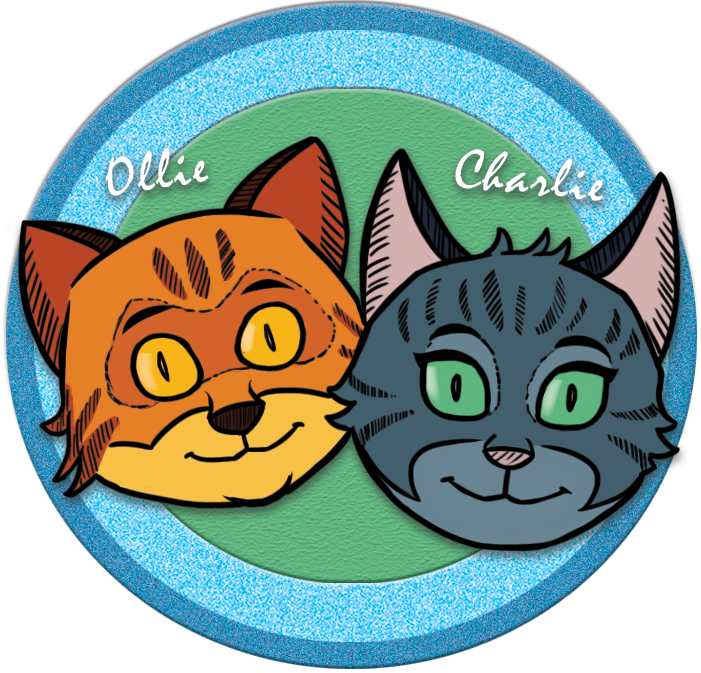French Horn
History
Horn-like instruments are a result of ancient signaling devices, which in their earliest forms were made from hollowed animal horns for hunting or military purposes. The single-coiled horn used for hunting in France, known as cor de chasse, was a precursor to the modern horn which contains valves, leading the instrument to be labeled the French horn.
Facts & Features
Despite being named the French horn, many of the refinements made to the instrument, like the crucial development of valves, is due to the work of German inventors.
The tubing of the modern French horn spans 12-13 feet long (3.7-4m), not including the coils of the instrument.
The French horn is the only brass instrument that is played left-handed.
The type of French horn most commonly used is a double horn, which allows the player to shift between F and B-flat keys. This gives the instrument the widest range in the brass family.
Classical orchestras used to feature only two horns, but it is now common for at least four horn players to be present, with the first and third horns playing at a higher register than the second and fourth.
Famous Players
Heinrich Hubler - (1822-1893)
Dennis Brain - (1921-1957)
Peter Damm - (1937-)
Sarah Willis - (1969 -)
Radek Baborák - (1976-)
Music To Listen To
Beethoven - 3rd Symphony
Brahms - Horn Trio in E-flat major, Op. 40
Haydn - Concerto No. 1 in D
Schumann - Adagio and Allegro Op. 70
Turner - Casbah of Tetouan
Find Out
What is the difference between a single and double horn?
What is handstopping?
